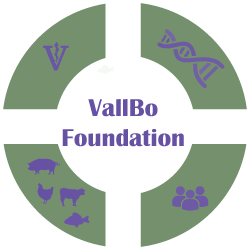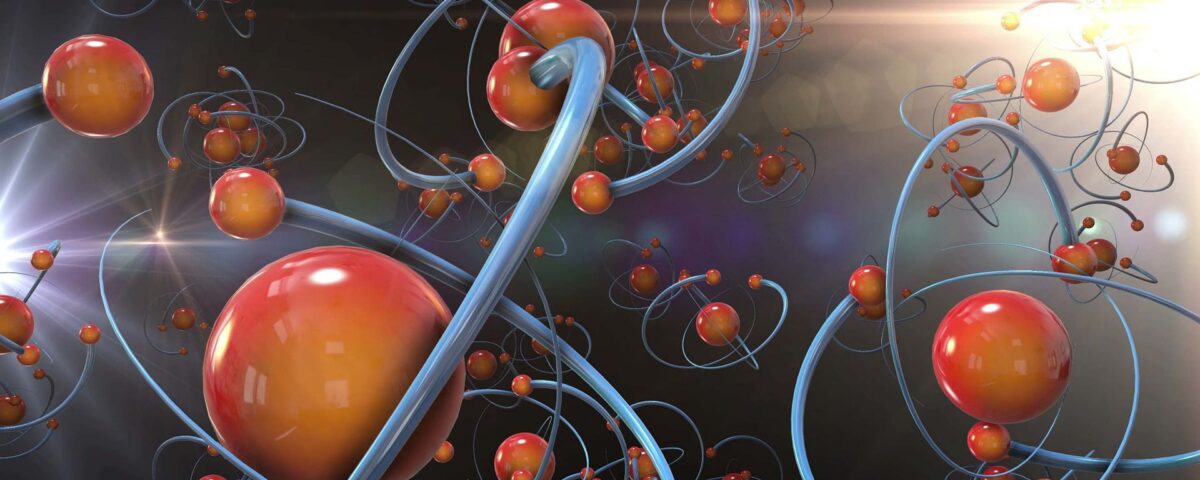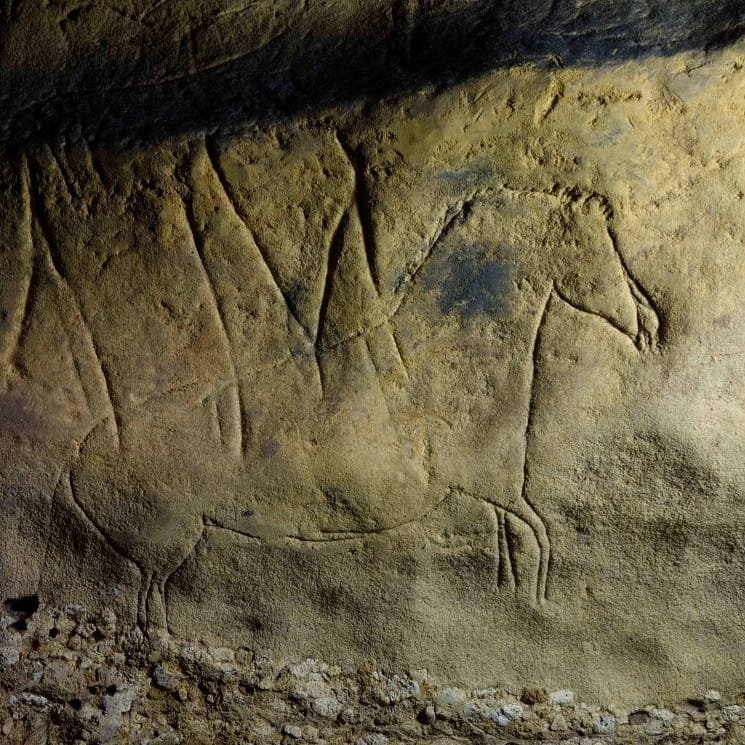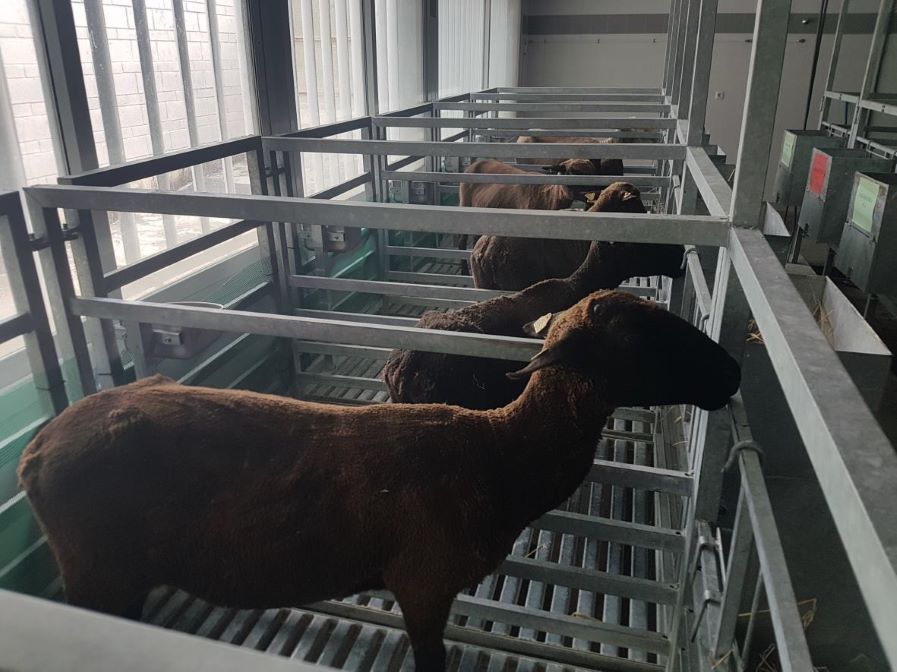
The Vallbo Foundation initiates a study on the ruminal microbiota in ruminants at the University of Córdoba
2 de July de 2021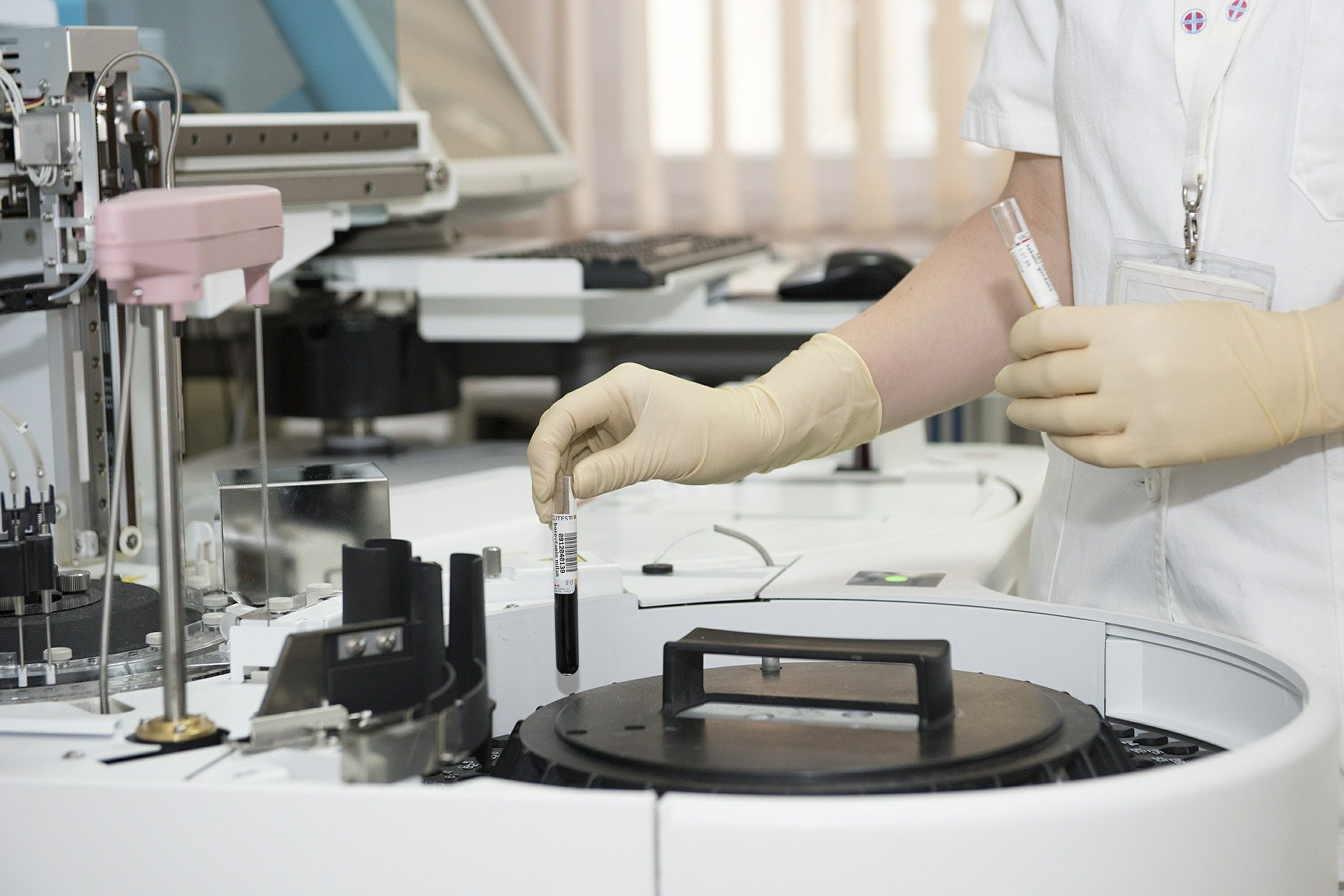
The Vallbo Foundation supported a study of bacteria isolated from broiler livers in Thailand
7 de September de 2021The Vallbo Foundation has collaborated with the studies described in the following article on the genesis of life, selection and evolution. As a continuation of the first works carried out on evolution, in the future the Foundation will continue to support this research that will help to achieve more information about the origin of life.
GENESIS, SELECTION AND EVOLUTION
The genesis of life, selection and evolution are three natural phenomena that cannot exist without each other.
To develop this premise, we will expose it to various points traveling back in time (genesis), going back to time (selection), and observing the evolutionary outcome.
(1) BACK IN TIME
==========
(1.1) All current plant and animal cells come from previous plant and animal cells.
(1.2) This succession is not made up of identical cells but leads us to two LUCA EUCHARIOTS: one plant and the other animal.
(LUCA is Last Universal Common Ancestor)
(1.3) The LUCA EUCARIOTA VEGETAL is not the beginning of the chain and was probably formed by a process of autoendosymbiosis from a LUCA PROCARIOTA VEGETAL
(1.4) The LUCA EUCARIOTA ANIMAL is also not the beginning of the chain and was probably formed by a process of autoendosymbiosis from a LUCA PROCARIOTA ANIMAL.
(1.5) This first LUCA PROCARIOTA ANIMAL inaugurates, something that still persists, the dependence of animals on plants. Plant cells take advantage of solar, thermal, or chemical energy sources to produce O2, carbohydrates and derivatives of shikimic acid. And they also know how to use them.
On the contrary, animal cells only know how to use them. Given the difficulty of their appearing independently (it would require a complex enzymatic adaptation), the most plausible proposal is that the first LUCA PROCARIOTA ANIMAL comes from a LUCA PROCARIOTA VEGETAL, which has lost part of its genetic material as confirmed by the great difference between the size of the circular DNA of chloroplasts and the size of the circular DNA of mitochondria.
(1.6) Thus in the penultimate step back we place only the first PLANT LUCA PROCARIOTA, which probably comes from a primordial molecule that could be the origin of life on Earth.
(1.7) In this last step back, we will locate the circular DNA molecule possibly arriving on Earth, through a process of panspermia. Mathematical calculations conclude that the time required for their natural formation is about 10,000 million years (the Earth is about 4,500). The fossil chemical records demonstrate the existence of biological activity at a very early age after the formation of the Earth. This makes it impossible to form a complex genetic code on Earth and facilitates acceptance of the arrival of a complex molecule with the ability to use chemically formed prebiotic organic molecules on Earth, and build with them the basic organelles to form and make functional the FIRST VEGETABLE LUCA PROCARIOTA.
(2) RETURNING TO THE PRESENT
====================
(2.1) THE PRIMITIVE MOLECULES OF CIRCULAR PLANT DNA that reach Earth fall into an ocean rich in minerals, amino acids and carbon compounds enveloped in an atmosphere lacking oxygen and rich in CO and CO2. Under these conditions, these molecules must develop their ability to surround themselves with a membrane using energy from the Sun, (shallow water) and dissolved prebiotic components.
These molecules would constitute a generating force that is balanced with the destructive force that natural selection represents. The balance between the opposites allows the development and evolution of life on Earth.
(2.2) Once isolated from the outside, they must develop their ability to form ribosomes, from DNA and amino acids.
(2.3) The ability to form a membrane and form a ribosome, and the functional proteins derived from it, form the basis of a generative force that comes into balance with natural selection and enables the development of life on Earth.
(3) THE EVOLUTION
==========
(3.1) Selection requires the prior existence of specimens to select from.
(3.2) If these specimens cannot have been produced by selection, their existence depends on a vital impulse contained in a genetic code that improbably, due to time and environmental conditions, could have been formed on Earth.
(3.3) This genetic code coming, in whole or in part, from the outside has reached Earth (meteorites or space dust) in the first 400 ma of the planet’s existence and has found the materials (amino acids, organic carbon compounds) that have allowed it to form capsules, ribosomes, mitochondria, as well as to self-deploy, increasing its size.
(3.4) This generational capacity does not have to be limited only to the first steps of the impulse of life on Earth. It is possible that the passage from a basic circular DNA molecule to the complex genetic code of more developed animals and plants could be predetermined in the primordial genetic code spread throughout the universe and that the activation of the steps is carried out by chemical and physical stimuli of the environment (mineral, plant and physical).
(3.5) Thus, life appears by the arrival of generational genetic material and its expression in the form of new species is balanced by selective pressure. Finally, the existence of life would result from the balance between opposites (primal generational and natural selection)
(3.6) This hypothesis of directed generation must be demonstrated experimentally and although the implications are numerous, in the following sections we will present the results that demonstrate the solidity of its basic pillars:
3.6.1 A basic pattern of genesis in nature consists of starting from a simple element and generating more complex elements.
3.6.2 A first example of this pattern of genesis is found in the formation of complex chemical elements from the most elemental chemical element: hydrogen.
– Two hydrogen nuclei fuse at 15mº C forming a helium nucleus.
– Two helium nuclei fuse at 200mºC forming a Carbon nucleus
– And at 400mº C a carbon nucleus and a helium nucleus fuse to form an oxygen nucleus.
This occurs inside stars of different sizes.
3.6.3 If we refer to the formation of structures, it is likely that Nature uses a similar pattern to generate a prokaryotic cell from basic DNA.
3.6.4 To do this, first, circular DNA must have the ability to attract biogenic molecules around it to form a membrane that isolates a proto-cytoplasmic interior space from the extracellular space. This first capacity has been demonstrated in an experiment, carried out at the URV’s electron microscopy center, and designed by Cristina Latasa, Anna Tesouro and Jaime Borrell. Pictures are shown below.
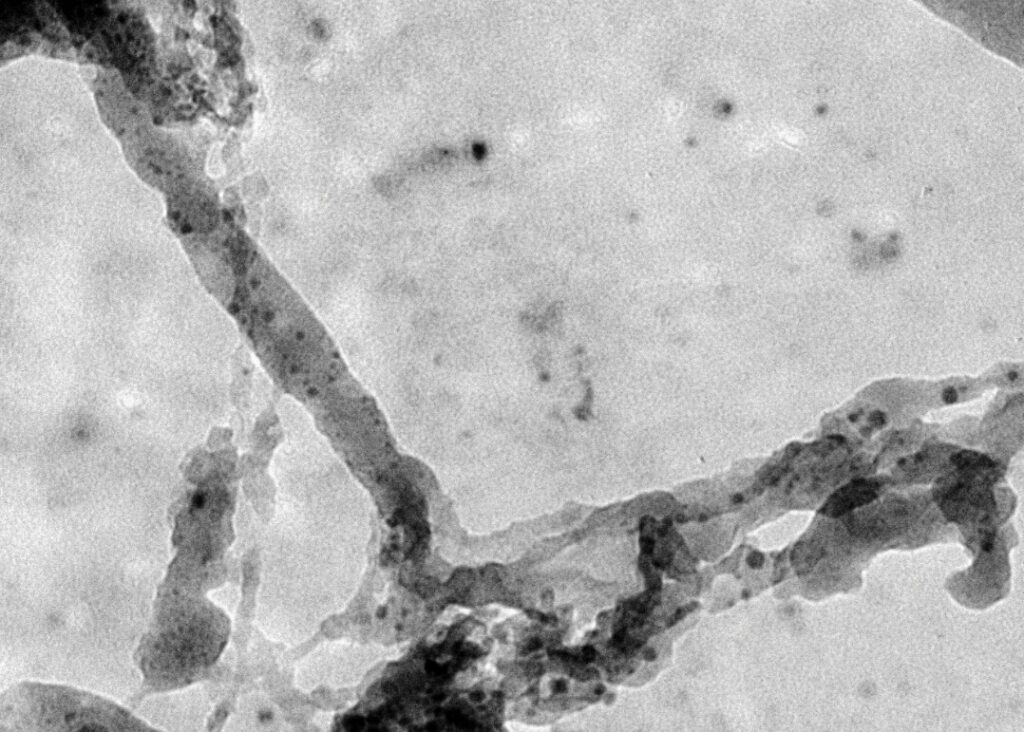
3.6.5 Second, this proto-cellular structure, formed by a circular DNA covered by a membrane, must be able to “swell” with an aqueous solution of minerals and amino acids.
This second capacity has not yet been tested and therefore it is a hypothesis awaiting demonstration.
3.6.6 Third, DNA, contained in this proto-cellular structure filled with a proto-cytoplasm, must be capable of generating a ribosome. This has been shown in part, by other authors, in an assay designed to “build” a synthetic ribosome starting from amino acids and RNA. Thus, it is still pending to prove the hypothesis that DNA is capable of bio-building a ribosome.
3.6.7 Fourth and last, so far, the ability of DNA and its ribosome to be able to initiate the synthesis of functional proteins that give functionality to the cell remains to be demonstrated.
(3.7) In this way, genesis, by evolution, may have formed the basic unit of life in the form of a VEGETABLE LUCA PROCARIOTA.
(3.8) This PRIMITIVE LUCA PROCARIOTA could give rise to many variants depending on the different synthesized proteins. These variants would have been selected when facing changing environmental circumstances and thus between great extinctions and great transformations, the LUCA PROCARIOTA VEGETAL went from LUCA PROTARIOTA ANIMAL, LUCA EUCARIOTA VEGETAL, LUCA EUCARIOTA ANIMAL and from these unicellular plant and animal beings to multicellular beings.
(3.9) This vital journey explains that plant and animal lines are kept separate and that animal beings depend on plants as they come from them.
